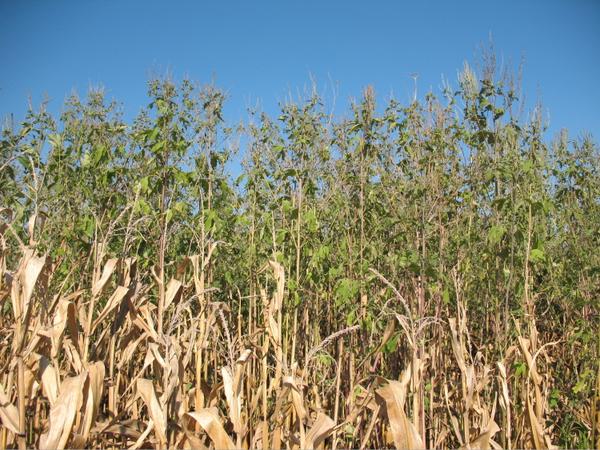KEY MESSAGE: Atrazine is an important weed control tool for farmers. It’s use allow corn growers to effectively use conservation tillage practices to protect from soil and nutrient loss. EPA’s draft ecological study ignores research and would effectively ban the use of atrazine.
- EPA has ignored nearly 7,000 scientific studies over the past 50 years on the safe use of atrazine.
- EPA’s own Scientific Advisory Panel deemed the risk assessment as flawed.
- A 2012 University of Chicago economic study reported farming without atrazine would cost corn growers up to $59 per acre.
About EPA Proposed Risk Assessment
- EPA recommends an aquatic life level of concern (LOC) at 3.4 parts per billion (ppb) on a 60-day average. EPA’s current aquatic LOC for atrazine is 10 ppb for 60 days, however all available credible scientific evidence suggests a safe aquatic life LOC should be 25 ppb or greater.
About Atrazine
- EPA reregistered atrazine in 2006 and began its regularly scheduled registration re-review June 2013, a process that typically takes six years to complete.
- Atrazine has been the backbone of weed control in the U.S. for more than 50 years.
- More than half of all U.S. corn acres rely on atrazine.
- By enabling conservation tillage and no-till farming, atrazine and the other triazines reduce soil erosion, decrease fuel use and improve water quality.
- For more information on atrazine, visit agsense.org.

RAGWEED IN CORN
